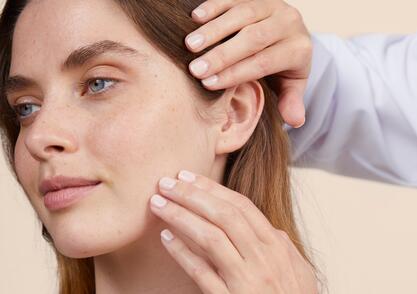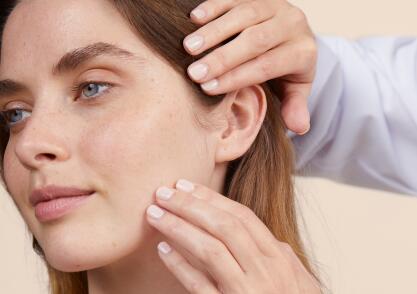The marine ecosystem and coral reefs: choosing a holistic approach
Interview with Patricia Aublet, co-founder of PUR Projet
Eau Thermale Avène is committed to applying its sun protection expertise to the skin while working to reduce the impact of its products on ecosystems. To go even further and help restore the marine environment, Eau Thermale Avène has partnered up with PUR Projet since 2016, a specialist in climate action, working in Bali. Patricia Aublet, co-founder of PUR Projet, talks to us.

PUR Projet was previously more specialised in reforestation, how did this project to safeguard the marine ecosystem come about?
In 2016, Eau Thermale Avène was keen to support a project directly linked to the element Water. At the same time, a scientific publication by an Italian researcher denounced the impact of sun filters on coral. Together, we therefore wanted to take up the challenge: launch a programme to restore the marine ecosystem through the coral. A key player in biodiversity, as crucial as trees. Over 3,000 fish species and nearly 120 million inhabitants depend on it. However, some studies show that 3% of coral dies each year and that at this rate, coral reefs may disappear by 2100. Eau Thermale Avène was already working to minimise the impact of its sun filters and formulas on marine ecosystems, this was one way of going further.
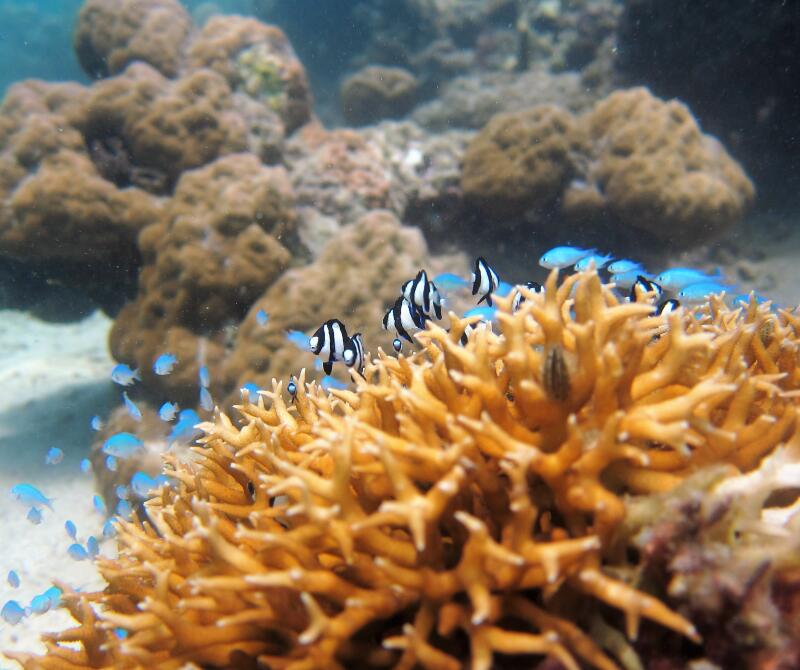
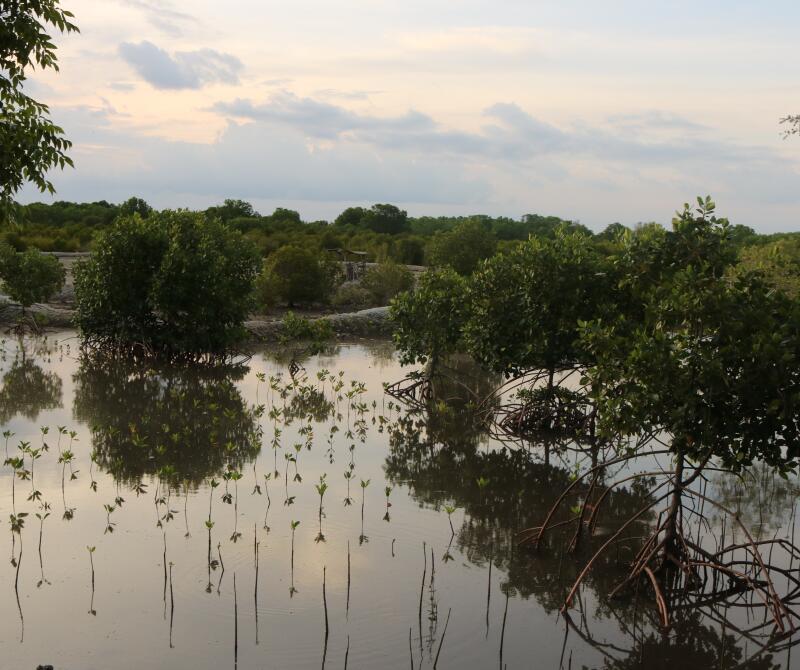
Were there any results?
Eight months later, 280 families were included in the programme and nearly 10 tonnes of waste were already harvested and injected into recycling channels. We have made the various populations aware of sorting rubbish, provided residents with a recycling platform and special bins. At the same time, we started planting mangroves to prevent coastal soil erosion. Within a few months, nearly 7,000 mangroves were planted thanks to Eau Thermale Avène.
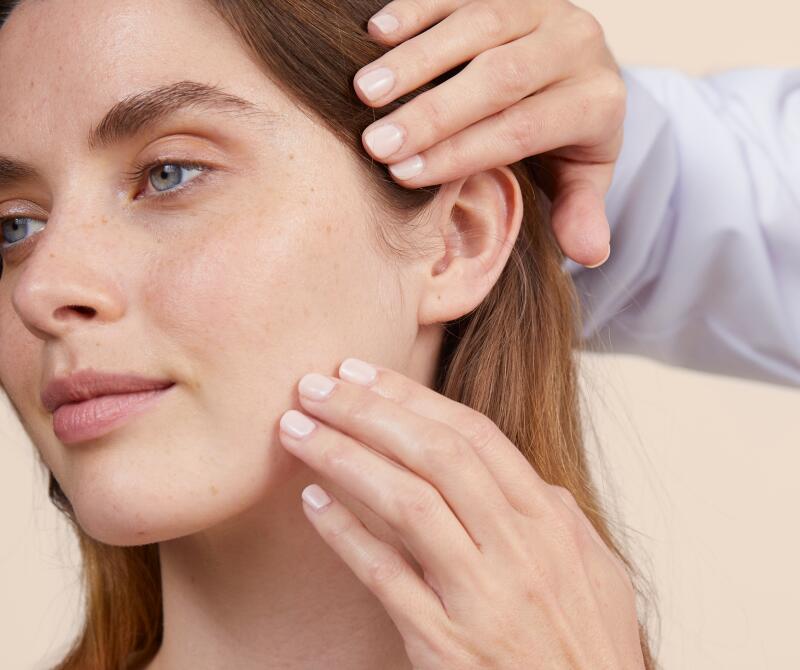
Which skin care routine should you adopt?
Identify what it really needs with the help of our experts and discover the most suitable skin care routine for you.



